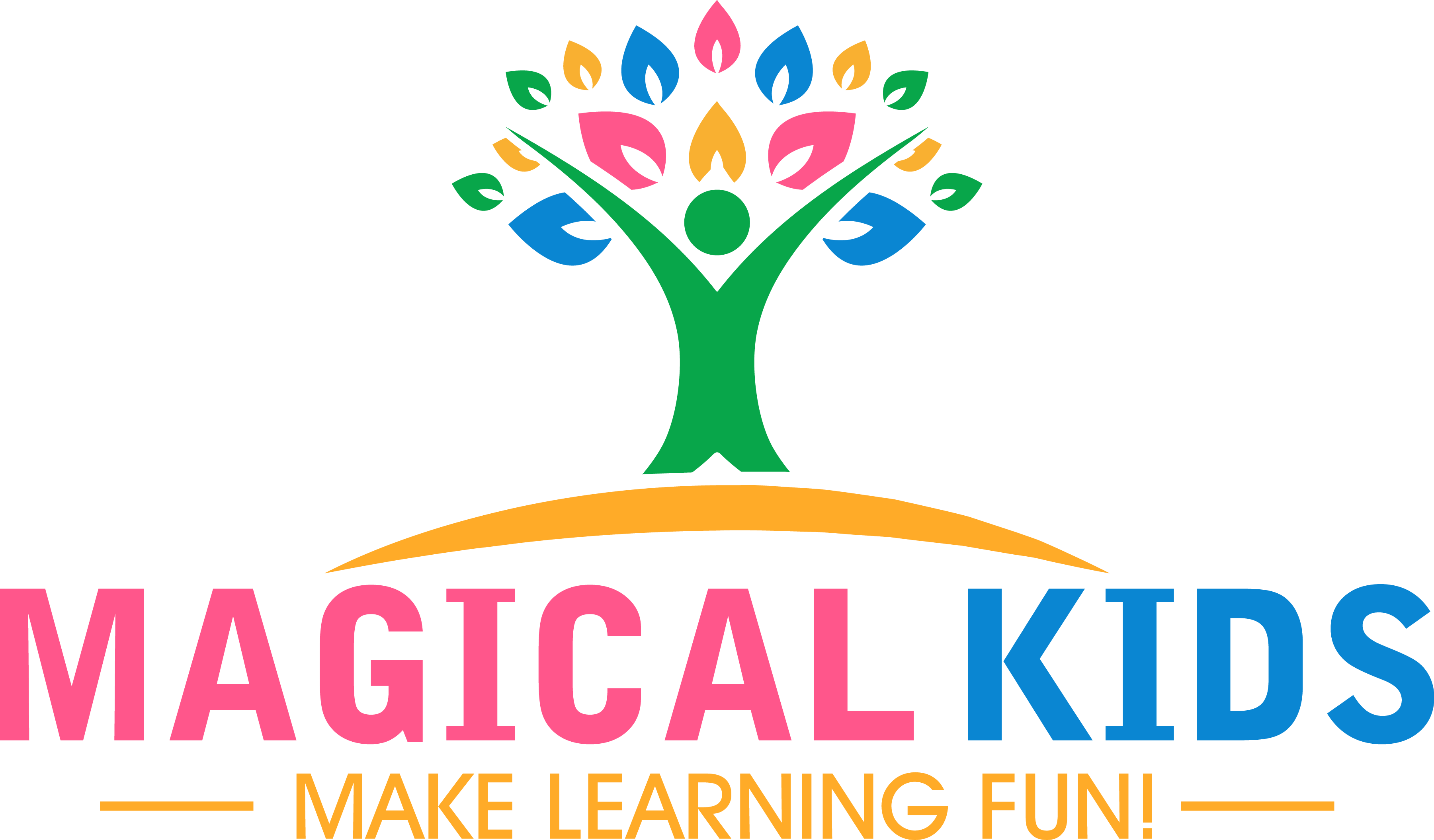Teaching consonant digraphs involves helping child understand that certain pairs or groups of letters represent a single sound. Here are some effective strategies for teaching consonant digraphs:
-
Introduce the Concept:
- Begin by explaining to students that a digraph is a pair of letters that work together to make a single sound.
- Emphasize that the two letters together represent one unique sound that is different from the sounds the individual letters make.
-
Use Visual Aids:
- Use visual aids like charts or posters that display common consonant digraphs. Include both the letters and pictures that represent words with those digraphs (e.g., "ch" with a picture of a cheese).
-
Phonemic Awareness Activities:
- Engage students in various phonemic awareness activities to help them recognize and produce the sounds of consonant digraphs. This can include listening exercises, sound sorting, and word games.
-
Interactive Games:
- Incorporate interactive games and activities that involve consonant digraphs.
-
Read Aloud:
- Read books that prominently feature words with consonant digraphs. Pause to emphasize the digraphs and discuss them with the students. This helps them see and hear digraphs in context.
-
Word Building:
- Allow students to build words with consonant digraphs using magnetic letters, letter tiles, or other hands-on materials. This helps reinforce the connection between the letters and the sounds they represent.
-
Word Sorts:
- Have students sort words based on their digraphs. For example, they can create categories like "sh," "ch," or "th" and place words with these digraphs in the appropriate groups.
-
Practice in Sentences:
- Integrate consonant digraphs into sentence-level activities. Encourage students to use words with digraphs in their writing and provide feedback on correct usage.

